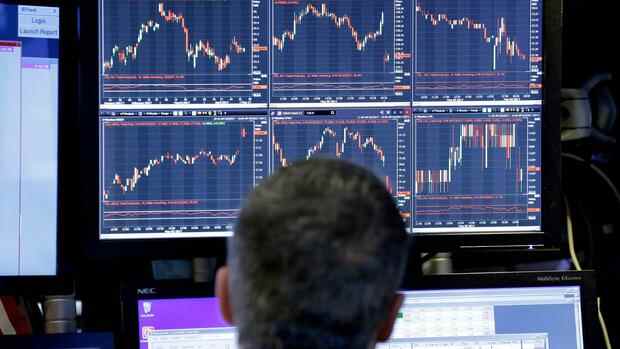Frankfurt Passive investing is more popular than ever. Between January and November, investors around the world bought a good trillion dollars worth of shares in exchange-traded index funds (ETFs). According to data from the fund analyst Morningstar, this was the first time that annual inflows exceeded one trillion dollars.
At $ 1.079 trillion, investors poured almost half more new money into ETFs in the first eleven months of the year than they did in 2020, when, according to Morningstar, $ 735.7 billion was invested in index funds. New capital and price gains in securities caused ETF assets to swell by almost 30 percent to $ 9.5 trillion within a year.
Top jobs of the day
Find the best jobs now and
be notified by email.
This means that ETF capital has more than doubled worldwide in three years. And the share of ETFs in global fund assets has risen from a good ten to 13 percent since the beginning of 2020, as data from the World Fund Association IIFA show.
Almost $ 800 billion flowed into equity ETFs; with a volume of $ 7.3 trillion, they were the most important category. According to providers, the world’s number two, Vanguard, sold the vast majority of products before the top dog Blackrock with its ETF brand iShares. State Street and Invesco follow at a considerable distance, also from the USA.
Three quarters of ETF sales flow into the accounts of US investors. European and Japanese investors are joining in.
In Europe, too, investors are buying more and more ETFs: In the first eleven months, according to calculations by the data provider Refinitiv Lipper, they invested 150.1 billion euros net in index products – “also a record,” as Detlef Glow, Head of Europe Research at Refinitiv Lipper, said , says. In Europe, however, passive funds make up just over five percent of fund assets at just under 1.3 trillion euros.
New trend in the USA
While more and more European investors are getting a taste for investing in an index, a new trend is already developing in the USA: providers are bringing more and more so-called actively managed ETFs onto the market, as Glow says.
Such products with active investment strategies on dividend or value stocks, for example, account for more than a tenth of the ETF inflows, according to Morningstar. It is estimated that around half of the new products in the US this year will be such active strategies in ETF cases.
These ETFs, which are similar to actively managed funds, but are mostly bought and sold on the stock exchange, are significantly more lucrative for providers. Because they not only cost 0.1 percent fees per year, but often four to five times as much. The managers of these ETFs, like the active funds, try to outperform stock market indices.
So far, there are hardly any ETFs with active strategies in Europe, as Glow says. There is still a discussion here about how transparently the portfolio should be presented, he says. Listed funds would have to disclose their portfolio here on a daily basis in order to form a market price. This is not required for actively managed funds.
Glow can also envision active ETFs as a future business model for the sale of fund products in Europe: At the moment, platform providers are making money from selling active funds, but not when trading ETFs on the stock exchange.
More: Which ETFs investors can use to heavily overweight stocks
